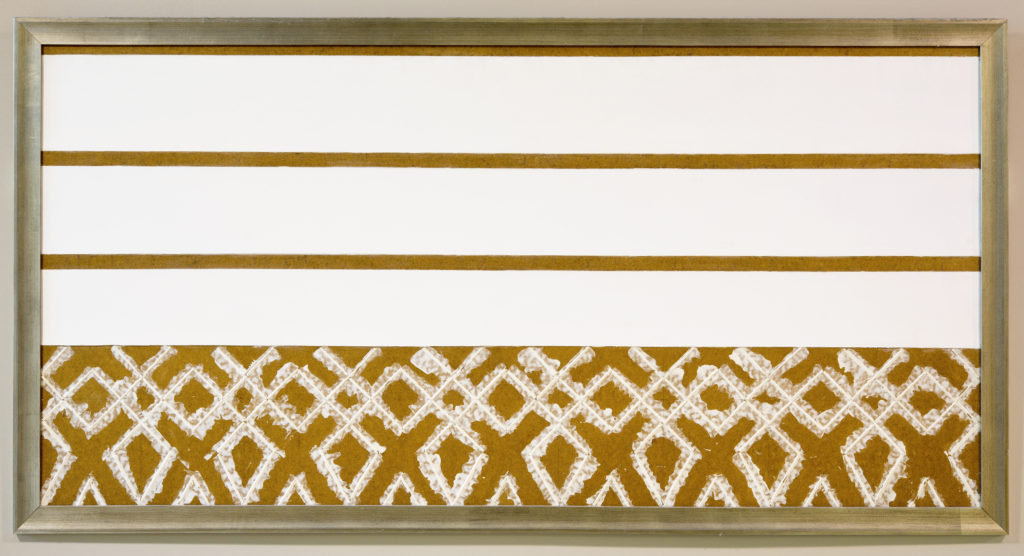
Ronald Langley Bloore, born in Brampton, Ontario, in 1925, was an influential figure in the development of abstract art in Canada. His life and work stand as a testament to the intellectual rigor and aesthetic discipline that he brought to the Canadian art scene. Bloore's journey from a traditional art student to a pioneering abstract painter is a story of transformation, dedication, and a deep commitment to exploring the boundaries of visual expression.
Early Life and Education
Bloore’s early life was marked by a strong academic inclination. After serving in the Royal Canadian Air Force (RCAF) and the Canadian Army during World War II, Bloore pursued higher education with a focus on Art History and Archaeology. He earned his Bachelor of Arts from the University of Toronto (1945-1949) and continued his studies at prestigious institutions such as the Institute of Fine Arts at New York University (1949-1951), Washington University in St. Louis, where he completed his M.A. in 1953, and the Courtauld Institute in London, England (1955-1957).
The Transition to Abstraction
Bloore began his artistic career with traditional forms, but as his studies and experiences broadened, so did his artistic vision. Dissatisfied with conventional approaches, he destroyed much of his early work, making a decisive shift toward abstraction. This transition marked the beginning of a unique artistic journey that would define his career.
His abstract work, characterized by meticulous attention to form, texture, and a limited color palette, particularly white, was both radical and disciplined. Bloore's paintings often featured hieroglyphic-like symbols—stars, suns, arches, and geometric shapes—that evoked a sense of ancient mystery and intellectual depth. His work became a sophisticated exploration of visual language, where the nuances of white were as varied and rich as the many descriptions the Inuit have for snow.
The Regina Five and Intellectual Influence
Bloore's influence extended beyond his paintings. As the director of the Norman Mackenzie Art Gallery in Regina from 1958 to 1960, he became a central figure in what would become known as the "Regina Five." This group of artists, including Kenneth Lochhead, Art McKay, Ted Godwin, and Douglas Morton, was instrumental in bringing modernist abstraction to the forefront of Canadian art. Bloore's intellectual approach and leadership were critical in shaping the direction of this group.
He also contributed significantly to art education, teaching at institutions such as Washington University, Brixton Day College in London, the University of Toronto, the University of Saskatchewan in Regina, and York University in Toronto. His academic and artistic pursuits were intertwined, each informing and enriching the other.
A Legacy of Precision and Discipline
Ronald Bloore's art is distinguished by his use of masonite as a canvas, a choice that highlighted his interest in surface texture and materiality. The rigid, unyielding nature of masonite allowed Bloore to explore the constraints and possibilities of his medium with a precision that became a hallmark of his work. His large-scale masonite panels, some as expansive as eight-by-twenty feet, created immersive visual experiences that challenged traditional notions of space and perception.
Despite the seeming simplicity of his white-on-white compositions, Bloore's work was far from minimalistic. It was an intricate dance of form, texture, and light, where each element was carefully considered and executed. His paintings were not merely visual objects but intellectual propositions, inviting viewers to engage with them on multiple levels.

Exhibitions and Recognition
Throughout his career, Bloore held numerous solo exhibitions across Canada and internationally. His work was showcased in galleries such as the Here & Now Gallery in Toronto, the Dorothy Cameron Gallery, the New Brunswick Gallery in Saint John, and many others. He participated in significant group shows, both national and international, and his work is represented in major collections, including the National Gallery of Canada, the Art Gallery of Ontario, and the Musée d'Art Contemporain de Montréal.
Conclusion
Ronald Bloore's contribution to Canadian art is profound and enduring. His disciplined approach to abstraction, his role in the Regina Five, and his influence as an educator have left an indelible mark on the Canadian art landscape. Bloore’s work continues to be a source of inspiration and intellectual inquiry, reminding us of the power of art to transcend the ordinary and reach into the realms of the profound. His legacy is one of elegance, precision, and a relentless pursuit of artistic truth.
Browse our collection of Canadian paintings for sale at the Canadian Classic Fine Art gallery, The best place to buy a painting online. We provide free shipping anywhere in Canada and the United States. Our Montreal art gallery sells paintings online exclusively and have a 14 days return policy.
